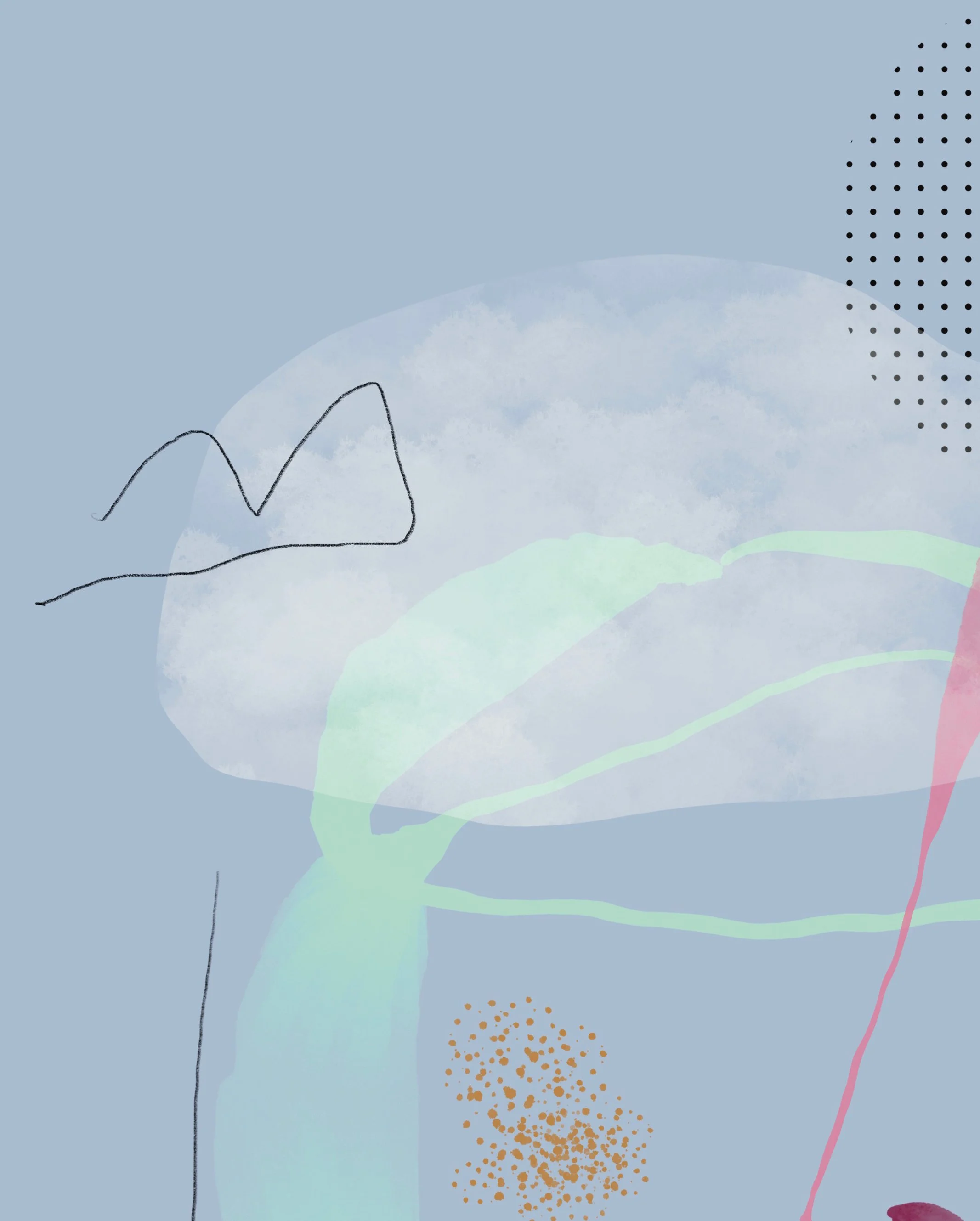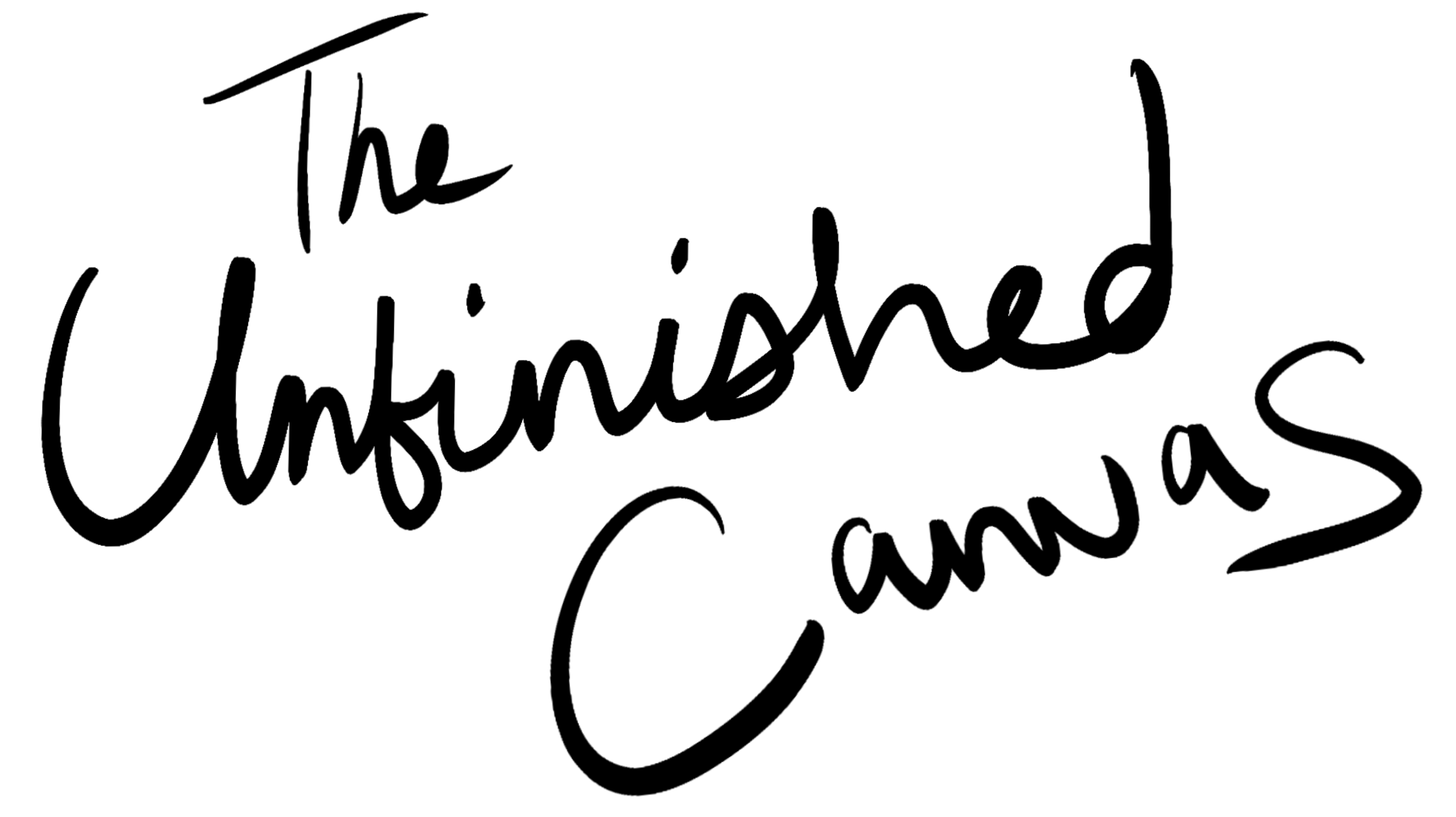Imposter Syndrome and the Question of Value
The term imposter syndrome has been floating around for quite some time, and I’ve had to work through it on numerous occasions. I’ve been creating art seriously for over 17 years, yet I often feel like I have little to show for it—like my work doesn’t carry the kind of value I see so many others contributing to the world.
I create a body of work, then destroy it—painting over it, donating it, giving it away, or simply throwing it out and starting over. I keep trying to make something I can truly be proud of, but my own insecurities and expectations get in the way. I tell myself that if I could just get it right, then maybe I’d feel like a real artist. But what does getting it right even mean? And who gets to decide?
The Pressure to Prove Our Worth
This all ties back to the idea of value—how we define it, how we measure it, and how it shapes our sense of self-worth. With social media and the rise of the "nomad entrepreneur," the pressure to make our value marketable and profitable has become overwhelming. Success seems to be defined by how well we can package ourselves—as a brand, a service, a solution.
And that’s where imposter syndrome digs in. If I can't pinpoint exactly what I offer that is useful, profitable, or in high demand, do I still bring value to the world?
But if I take profit out of the equation, I can see value in other ways. I’m kind. I take time for meaningful conversations. I’m patient, creative, encouraging, and trustworthy. These aren’t marketable "skills," but they matter.
Art as a Source of Value
When I turn the question of value toward my art, things get murky. Art is supposed to bring beauty into the world. It can act as a catalyst for meaningful experiences, create community, and build relationships. I believe this deeply, and yet—when I compare myself to others, I doubt that my art does any of these things.
So, when I feel like an imposter, what am I really saying? Am I saying that others create value through art, but I somehow don’t? That I am the exception? Or is it possible that I’ve been looking at value the wrong way all along?
Redefining Our Value
Vincent Van Gogh once said, “If you hear a voice within you say ‘you cannot paint,’ then by all means paint, and that voice will be silenced.” I love this quote.
What has guided me through doubt and self-deprecation is my will to continue. I have never stopped creating. I may have shifted between music, pottery, sewing, painting, photography, and writing, but the action itself has remained constant. I may feel like an imposter, but I am an imposter with a pretty big portfolio proving myself wrong on a daily basis.
More importantly, when I reflect on the peace that art has brought to my life, I feel a deep sense of gratitude—and that is valuable. Art has made me a better person, and that better person is who interacts with the world around me.
I don’t know if I will ever fully convince myself of the value I bring or completely silence the imposter whispering little negative nothings in my ear. But the best thing I can do is continue. Say a prayer, put on some good music, and create. The rest will come later.
How do you navigate value and imposter syndrome?


